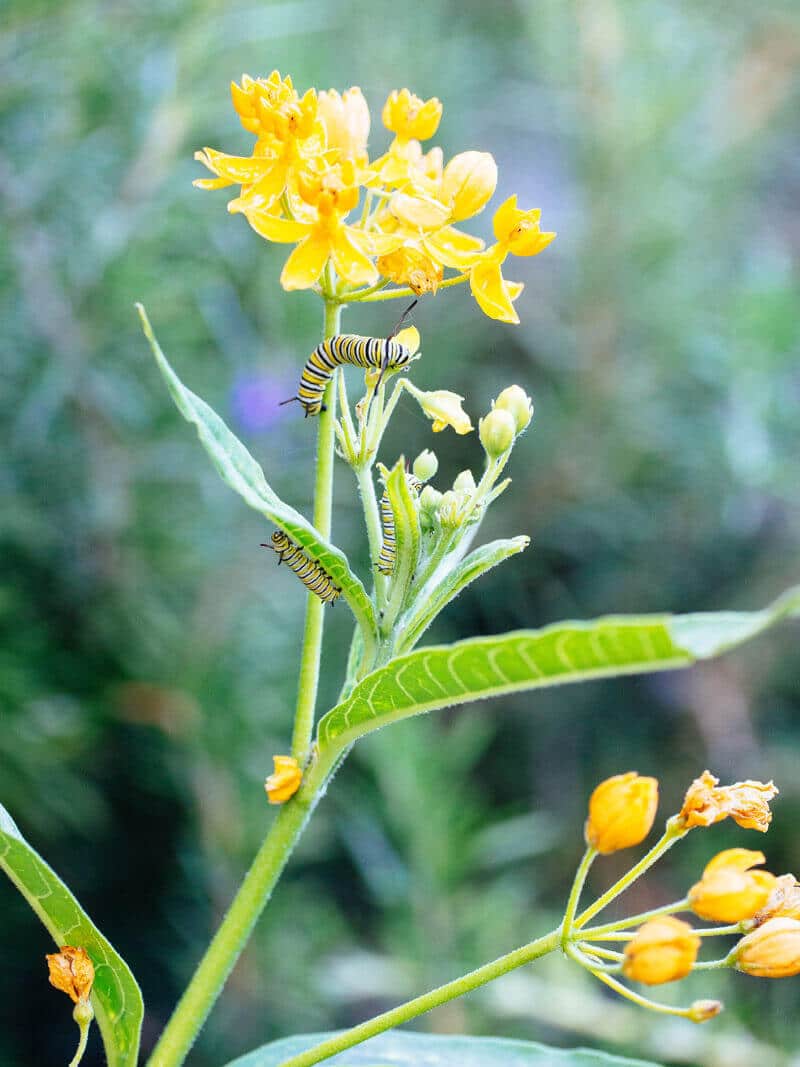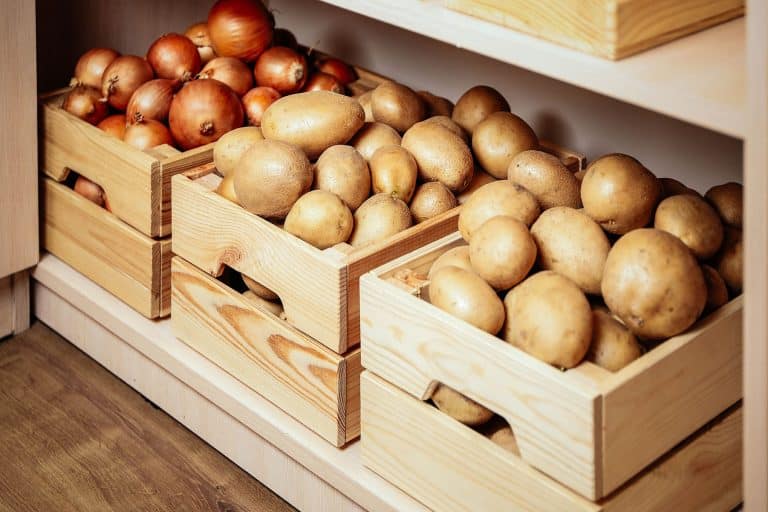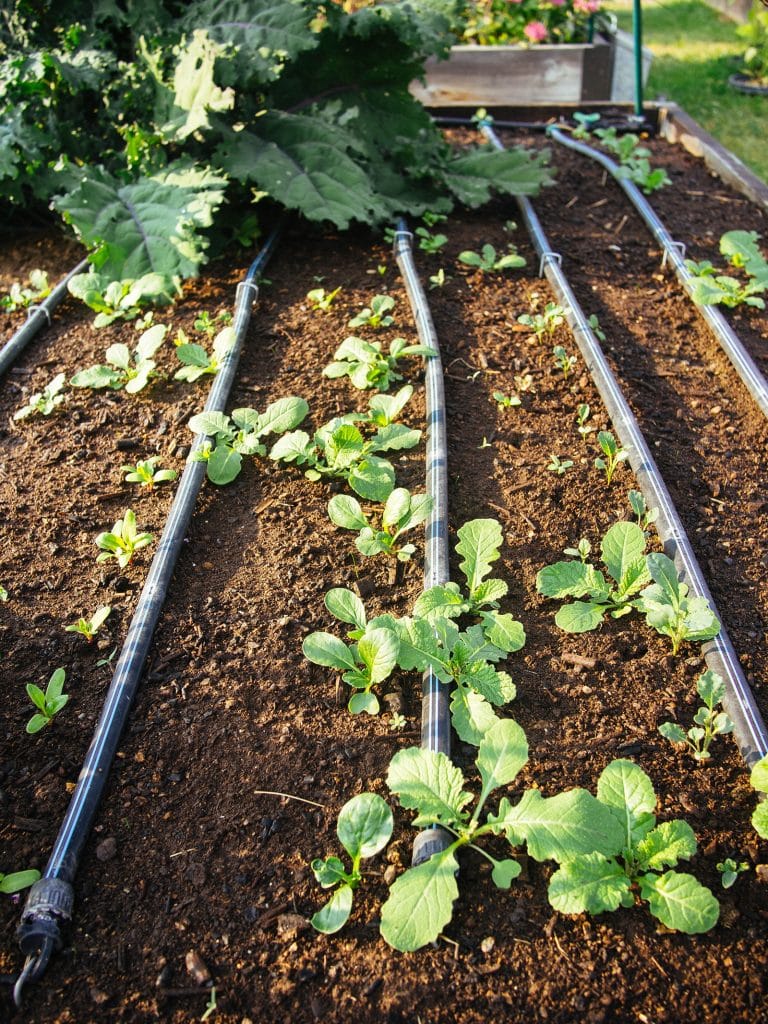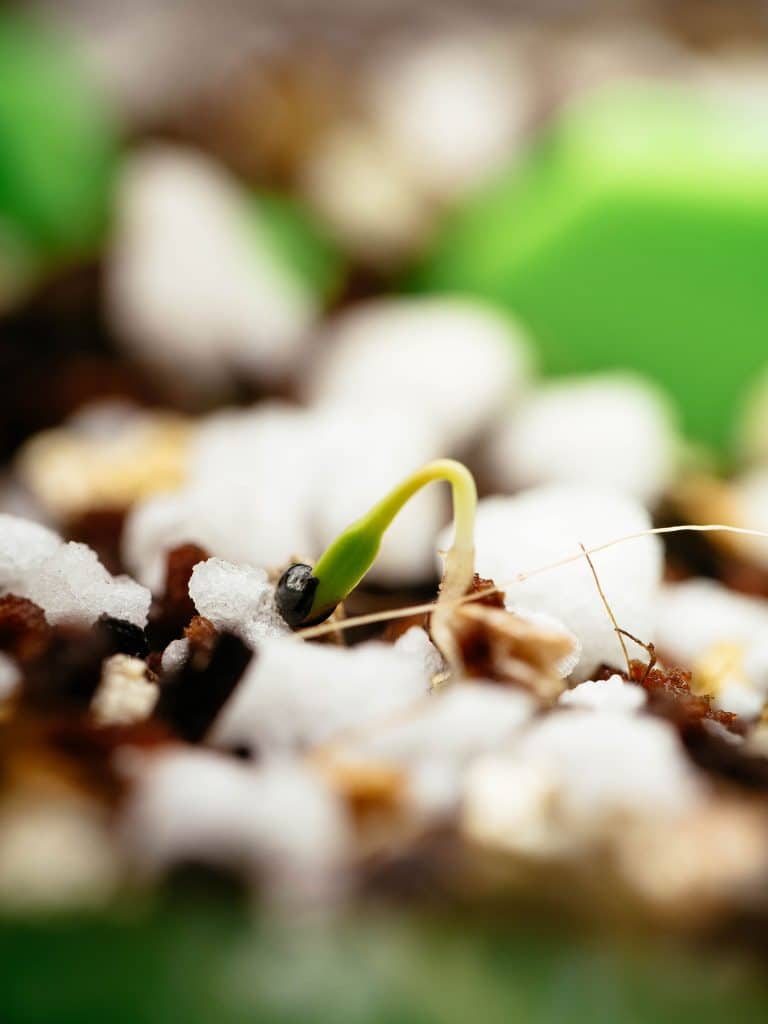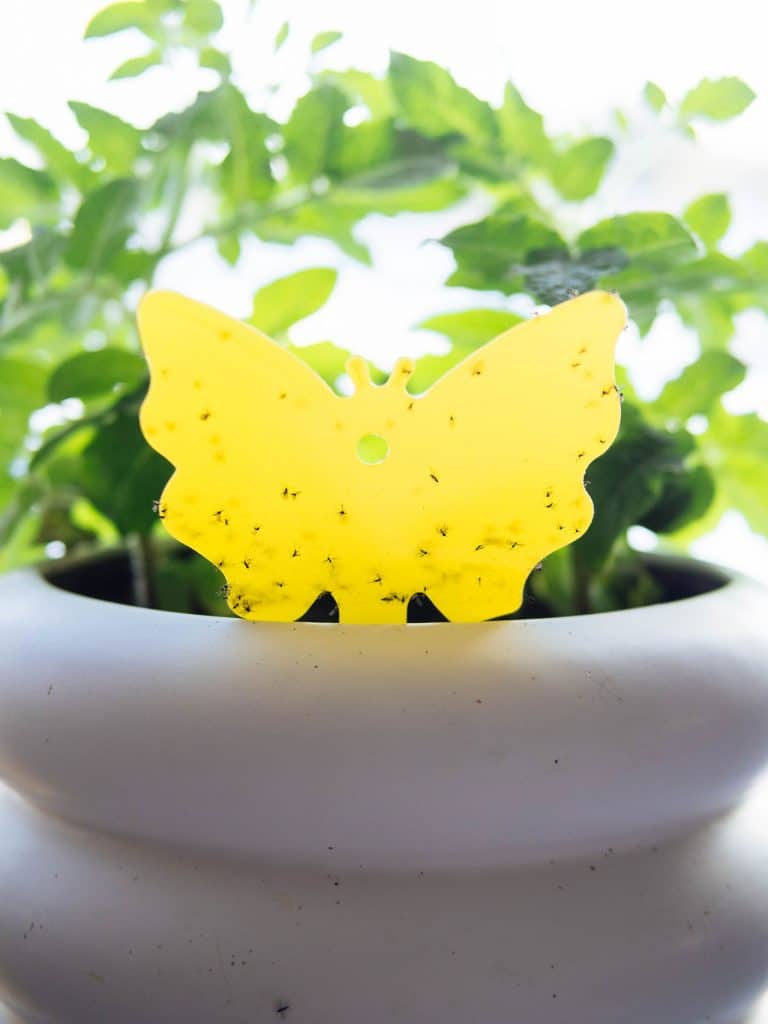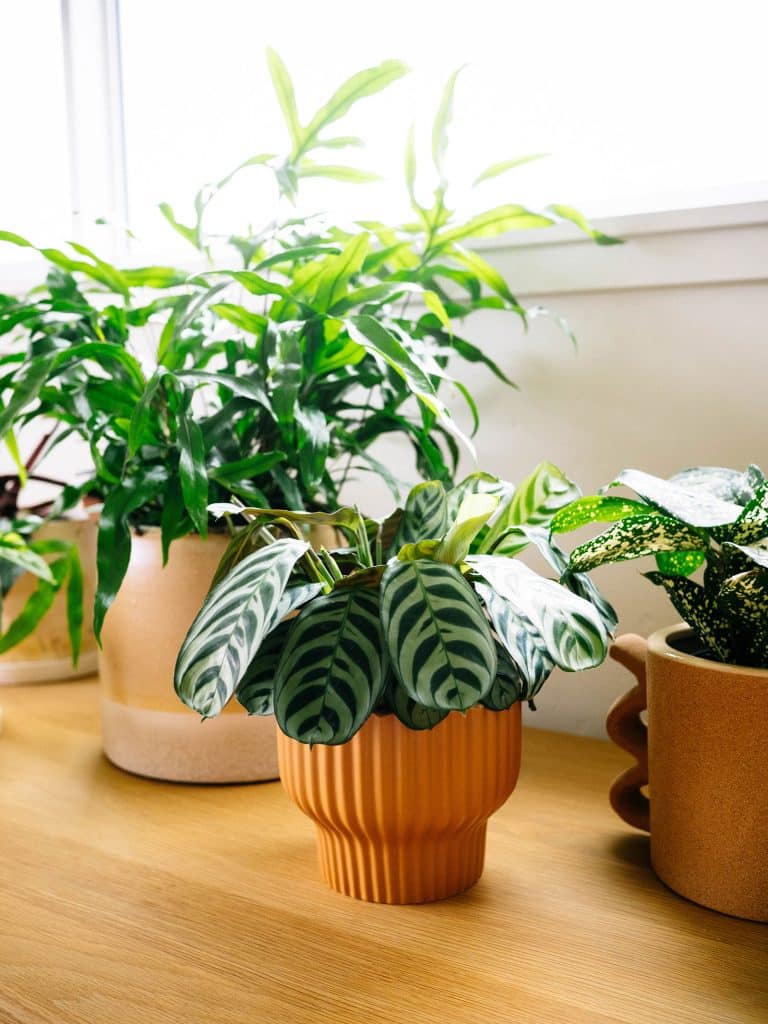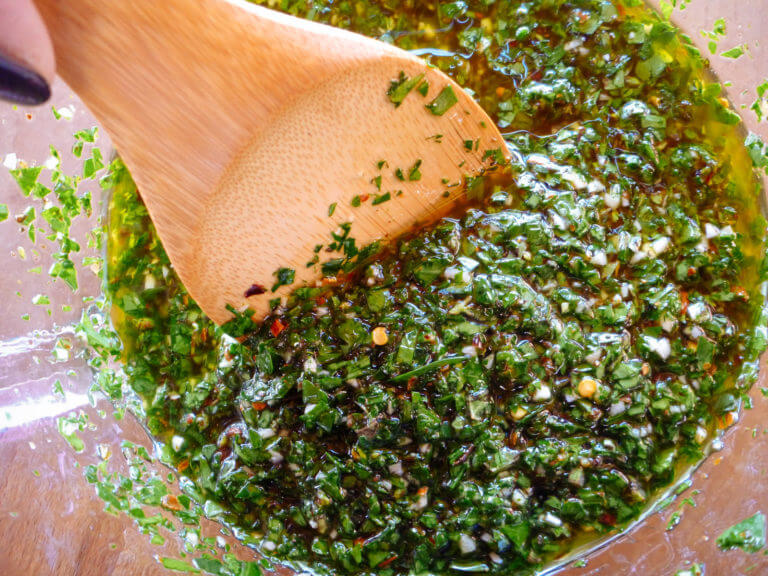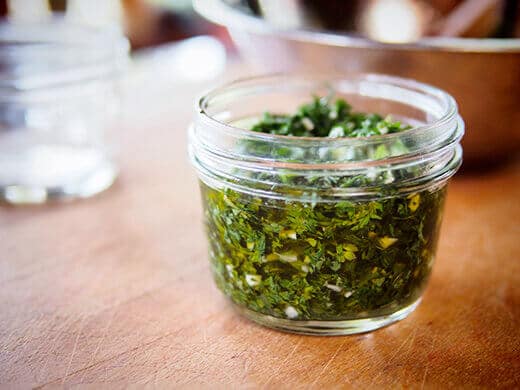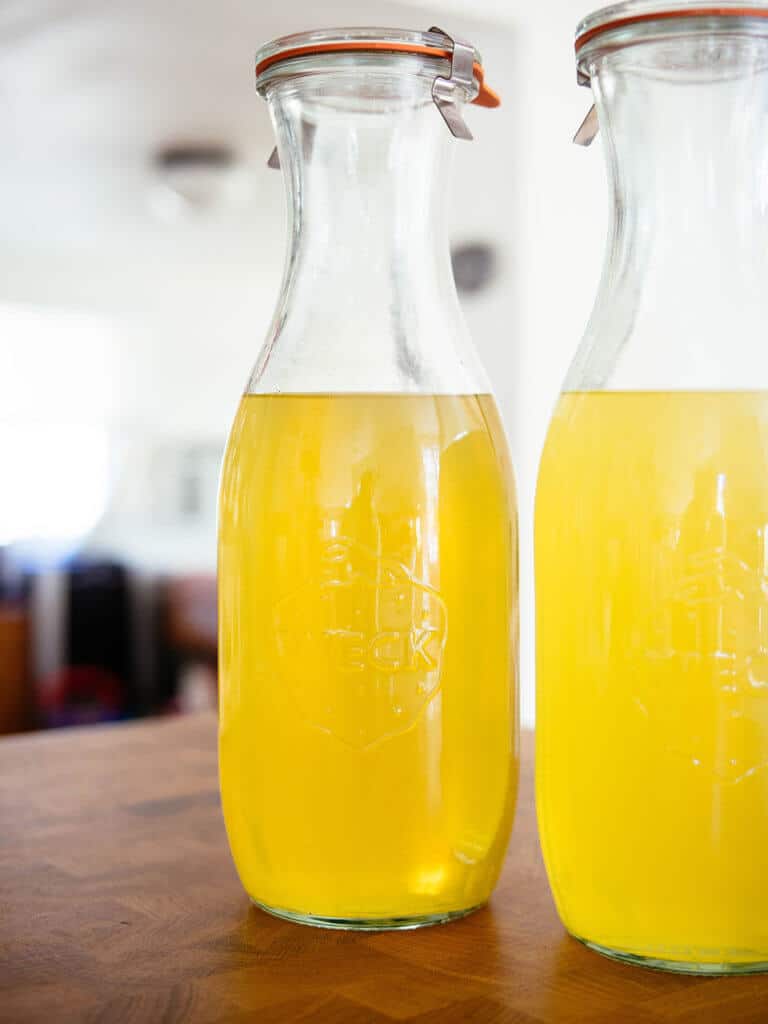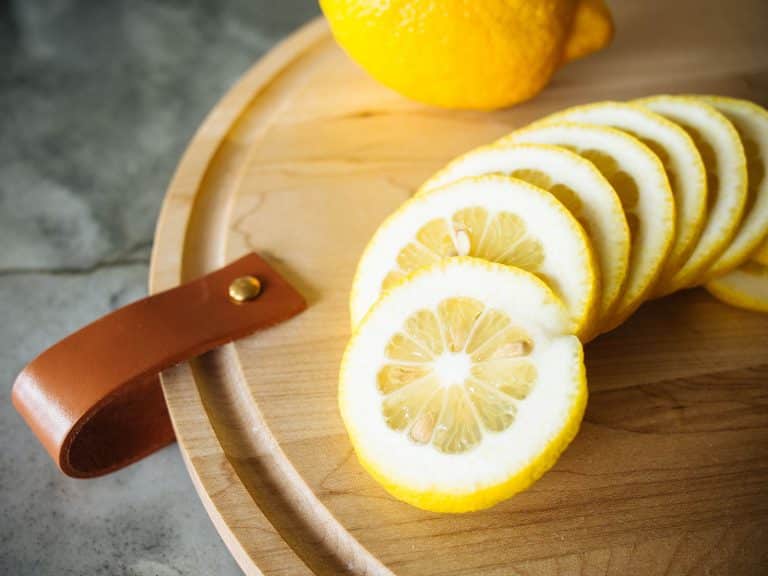When you think about it, it’s rather remarkable how a butterfly can spot a single milkweed from the sky. She spots the milkweed’s characteristic cluster of petite, star-shaped flowers, lands on it, scratches it with her front legs, tastes it with her feet, and confirms that it’s indeed milkweed. She then proceeds to lay her egg on a leaf—and only on the leaf of a milkweed plant.
This is because monarch caterpillars depend on the plant for food, eating every leaf in their path until they complete their metamorphosis (a cycle that takes about four weeks). Unlike adult monarchs (butterflies), caterpillars cannot simply feed on any plant they please.
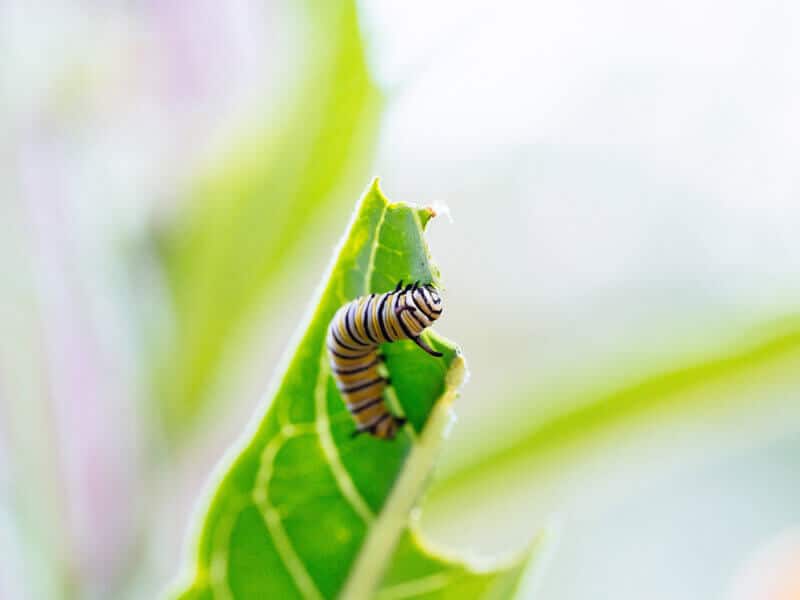
And that might lead you to wonder…
Why milkweed?
Perhaps it’s by natural design: The chemical compounds in the plant make the caterpillars toxic to potential predators (such as birds), with the sap of certain species of milkweed being more toxic than others. (The toxicity effect—a built-in defense mechanism—is also found in other striped caterpillars.)
The compounds, however, have no adverse effect on the caterpillars themselves. They spend up to two weeks eating, growing, and molting on the same milkweed plant before they pupate.
The striking appearance of the butterflies and caterpillars also serves as a warning to predators that they are toxic. Predators learn to associate the colors and patterns with a bad taste and generally avoid preying on monarchs altogether.
Related: How to identify the green caterpillars in your garden
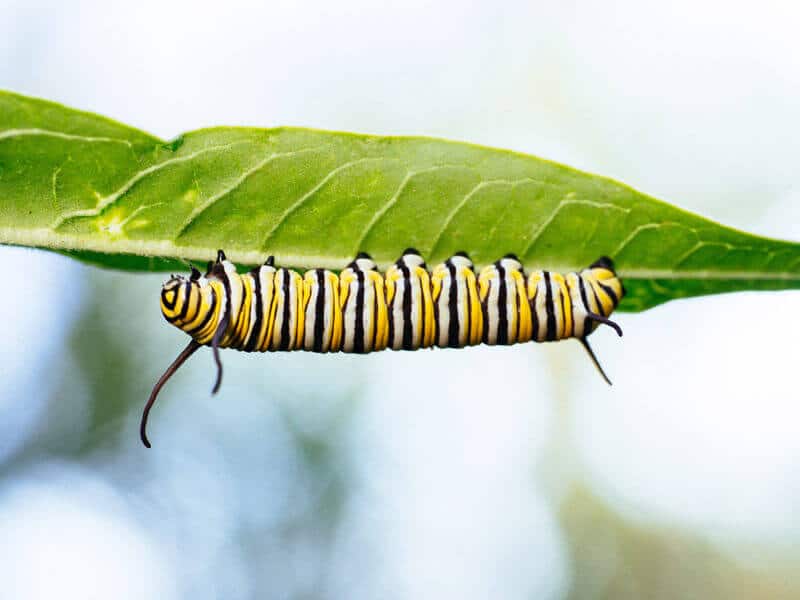
Unfortunately for the monarchs, milkweed populations have dwindled due to the use of herbicides in crop fields, where milkweed pops up abundantly between rows of corn and soybeans in the Midwest. It’s no accident that common milkweed is called as such because of its invasiveness as a weed! (Albeit an edible weed for us humans.)
Exclusive ebook
Weeds you’ll actually want to eat
Milkweed isn’t the only weed you can eat—your backyard is likely to have a veritable buffet of wild salad greens that are not only nutritious, but delicious too.
But loss of habitat is only one part of the problem. Also to blame are climate change, drought, and disease—the culprits responsible for not only the decimation of milkweed, but also other nectar sources for adult monarchs (and all types of butterflies, for that matter).
Milkweeds aren’t the only plants they need
If you want to support monarch butterflies, you obviously need to plant milkweed (as long as you don’t make these common mistakes with milkweed). But you should also plant other nectar-rich flowers in the garden that bloom at different times so adult monarchs (and other pollinators) have continuous food sources.
After all, they’re not likely to stay and lay eggs on your milkweed plants if they themselves don’t have flowers to feed on.
Colorful annuals like zinnias and phlox are attractive to butterflies as well as different types of bees, moths, and other beneficial insects, which contribute to the overall health of your backyard ecosystem.
Equally important are perennials, especially native perennials like echinacea and coreopsis, which can provide a reliable source of food from early summer into early fall.
You can also plant perennials that pull double duty as food for butterflies and food for you, such as flowering herbs (thyme, rosemary, oregano, and anise hyssop, to name a few of my very favorites) or one of the many edible (and delicious!) flowers on this list.
Disclosure: If you shop from my article or make a purchase through one of my links, I may receive commissions on some of the products I recommend.
Flower seed sources
Flowers make up a significant part of my vegetable garden, and I particularly love these easy-to-grow pollinator plants:
Read more: Make this easy hummingbird food recipe when no flowers are in bloom
With a bit of strategic planting (of milkweed and other flowers), you can create a beautiful butterfly garden that benefits monarchs and other butterflies.


